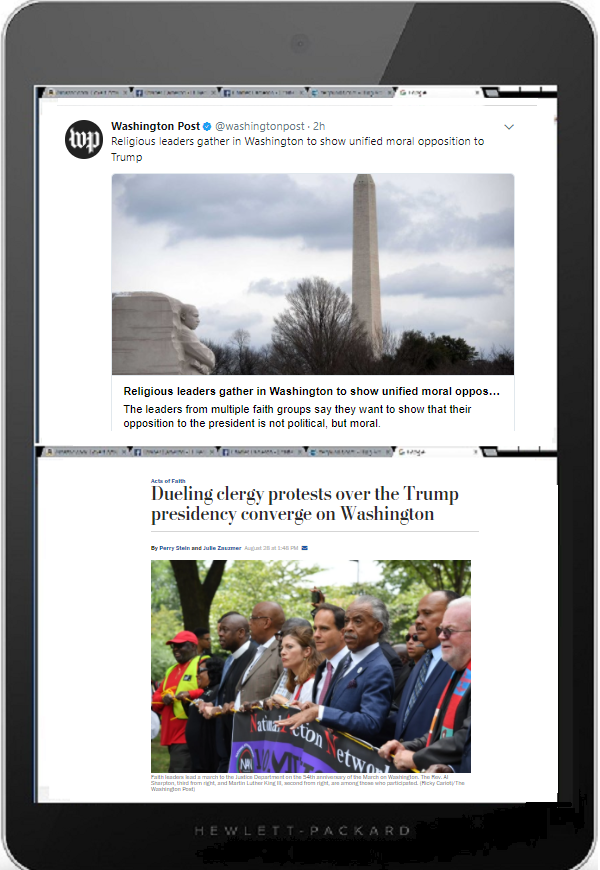Grief and joy in shoes at mosque and church
Thursday, August 31st, 2017[ by Charles Cameron — part for whole, what’s that called, synechdoche in Kabul, Houston ]
.
Shoes outside places of worship tell two very different tales in these two recent news photos.
Afghanistan
The shoes here are those left behind by worshippers who entered the Shiite mosque in Khair Khana area of Kabul, Afghanistan, which was blown up by ISIS. The death toll was 43 as I am writing this.
As day follows night follows day…
Houston, Texas:
This picture is of shoes donated for those in need of them at Joel Osteen‘s Lakewood Church, which had taken something of a PR beating after Osteen said it hadn’t been opened as a shelter because the authorities hadsn’t requested it — whereas many Houston area mosques were openws without any official request begind given.
Buzzfeed reported on the resentment of OSteen that may lie behind the criticisms leveled against him on this occasion:
The speed, tone, and volume of criticisms leveled against Osteen and Lakewood Church speak to the seriousness of the flooding crisis in Houston, but also to a larger powder keg of resentment directed at a particular strain of American Christianity — Osteen’s pro-wealth prosperity gospel, and the larger evangelical movement it’s associated with — that many see as failing to be charitable to people who are truly in need.
That’s worth pondering — the backlash in itself is a significant “marker” in the sociology of American religion.
WWJD? — Matthew 6.19-21, anyone? Where’s Osteen’s treasure?
**
Sources:
TRTWorld, At least 43 dead in Daesh-led attack on Shia mosque in Kabul Buzzfeed News, The Joel Osteen Fiasco Says A Lot About American Christianity ShiaWaves, Dozens of Houston Area Mosques are 24/7 Shelters without being Asked








